Russian Art Nouveau
Art Nouveau as an architectural style originated in Europe. At home it did not receive the final clearance and developed individually in each state, including Russia, absorbing elements of this or that national culture. In Russia it became an independent, special direction, which imposed its imprint both on the architecture and on the painting and sculpture.
Art Nouveau was originally conceived as a style for the rich private estates, mansions and villas. However, along with simplification used in the early Art Nouveau techniques, it is increasingly used in the construction of public buildings and tenement houses. But a century ago, and today Russian Art Nouveau is a sign of luxury and affluence. In the last century on the orders of wealthy people who were drawn to spectacular solutions in architecture, worked well-known masters.
Today, more and more often our architects, developing the design of the facade of country houses turn to the theme of art nouveau. The reason is quite understandable: the creative ambitions of the author of the project can be fully embodied in accordance with the characteristic features of the style in private house building. Every house in the Art Nouveau style is a work of art.
Pseudo-Russian style
This direction is characterized by a free variation of ancient Russian methods of architecture, closely intertwined with European features of Art Nouveau. Among the Russian architects who created in the Russian or, as it was later called, "pseudo-Russian" style, stands out Ivan Ropet, who studied medieval Russian architecture like no other. At the end of the 19th century, he was invited to his estate by Savva Mamontov. There, Ropet builds a bath-house - a one-story building with a mezzanine, a carved porch, a four-slope roof covered in surik and painted "in checkerboard".
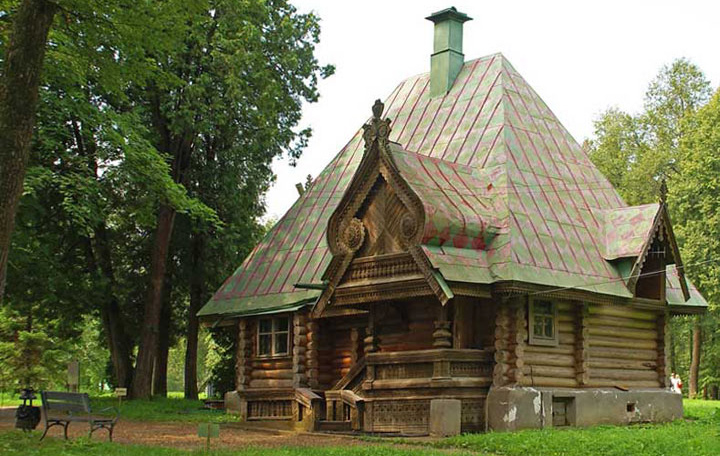
During his practical activity, the architect created many outstanding structures. Most often they were examples of "terems" with Russian decorative patterns, lancet windows and wooden turrets, carved platbands - an interpretation of Russian national motifs. Some Ropet manors are now abandoned, many already completely destroyed or burned down.

Take on the techniques of this style today is especially recommended in the construction of wooden houses - decorating it with galleries, loggias, terraces, using for the facade of the processed smooth or rough hewn beams, logs. Natural wood may be replaced by artificial materials imitating wood. This will not only lighten the construction, but also prolong its life. The central facade can be decorated with tiles or panels, the slopes of the roofs, shutters and platbands - with patterned propylated carving ("towels", "podzori" and so on).
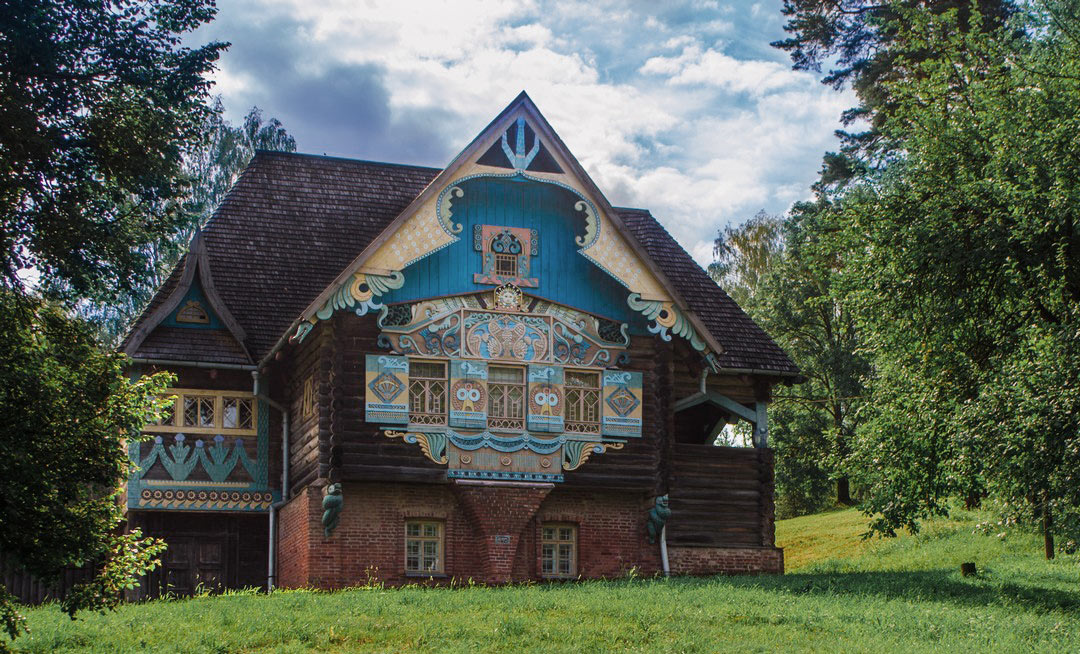
"Russian terem" can be created by applying brickwork. The building can be one or more stories, with triangular gables and dentils on the facade, with helmet-shaped turrets, as in churches. Excellent combination of different materials, organically fit into the style of patterned fragments - majolica inserts, large panels with floral ornaments..

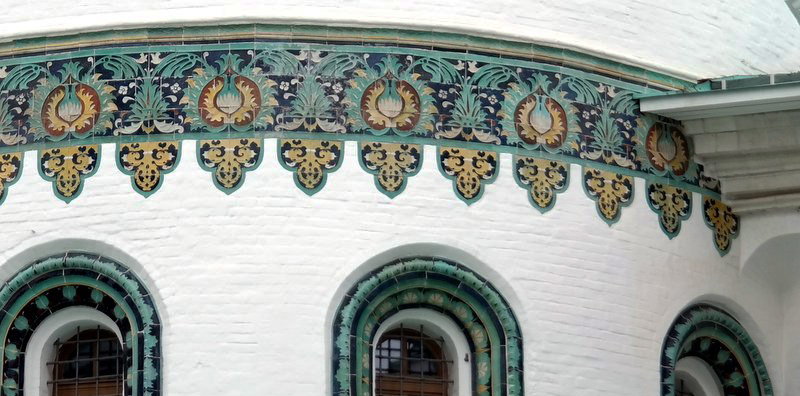
NORTHERN ART NOUVEAU
The main distinguishing feature of Russian "Northern" Art Nouveau was the combination of different textures within the same context. Besides, Petersburg Art Nouveau has always been more drawn to the European direction than, say, Moscow.
Here, buildings in the Art Nouveau style almost everywhere have a classical look. Typically, in St. Petersburg houses were built with several different height and configuration of the wings, with different shapes and sizes of windows. The buildings looked monumental, had massive doors and portals, rounded bay windows and sharply angled roofs, and were finished in rough stone. At the same time, smooth curved lines, plasticity and graphics of the decor and the facade, typical of Art Nouveau, are traced everywhere. The decoration includes motifs of northern nature, animals and heroes of mythological stories. In the general appearance of houses can be found forged, ceramic and sculptural elements.
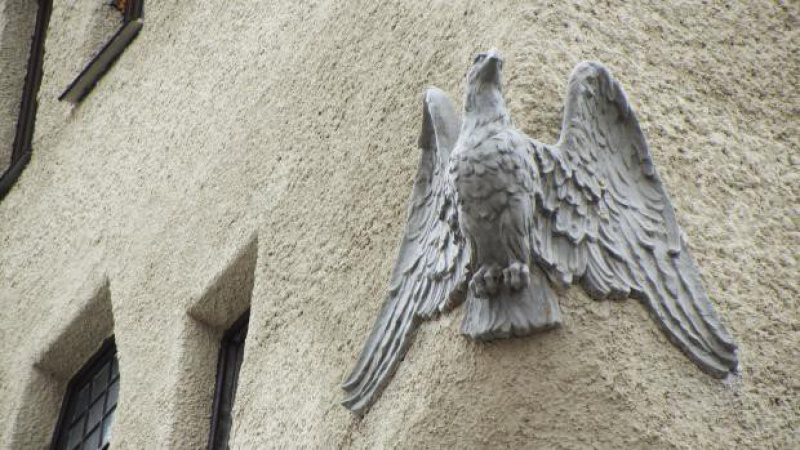
Often the appearance of the house echoes other styles - Gothic and Romanesque. There is practically no multi-colorism, with a minimum of decorative oeuvre - mostly bas-reliefs of the Scandinavian type. In Northern Art Nouveau the stylization of motifs of medieval and folk architecture is clearly visible. Graphicism and restraint are combined with original techniques, as for example, in the mansion of ballerina Kshesinskaya built by A. Gauguin - a convex capsule window of the winter garden, which unites the space of the mansion with the outside world.
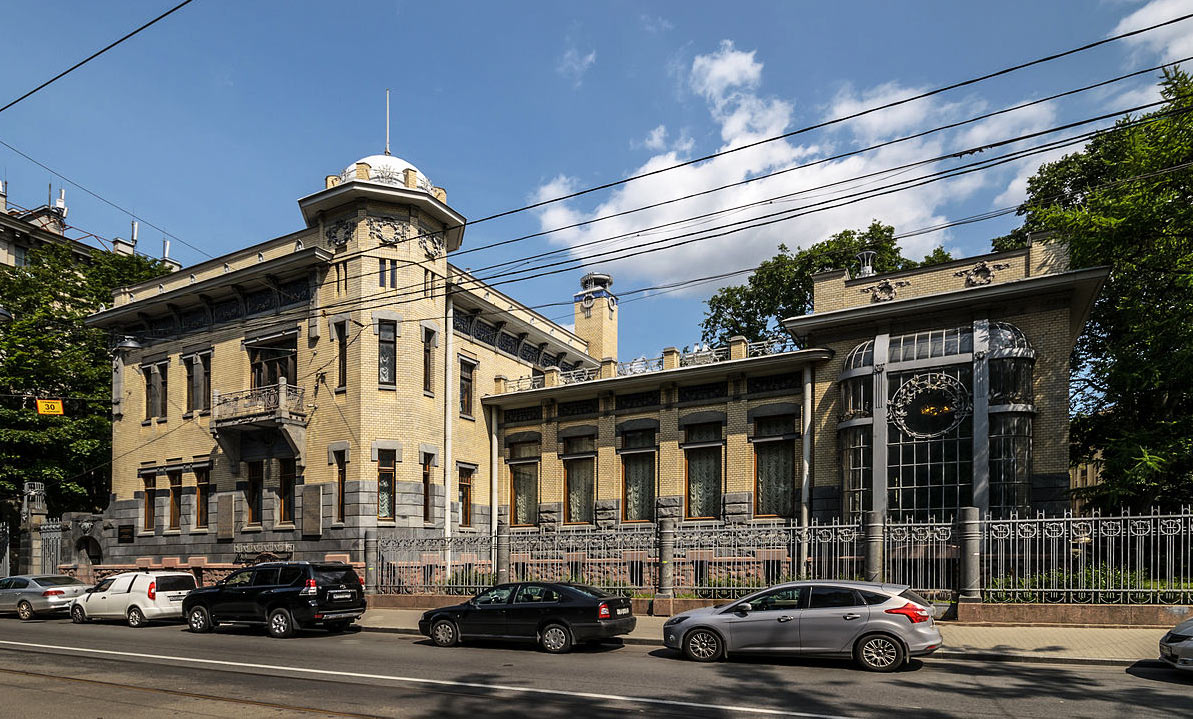
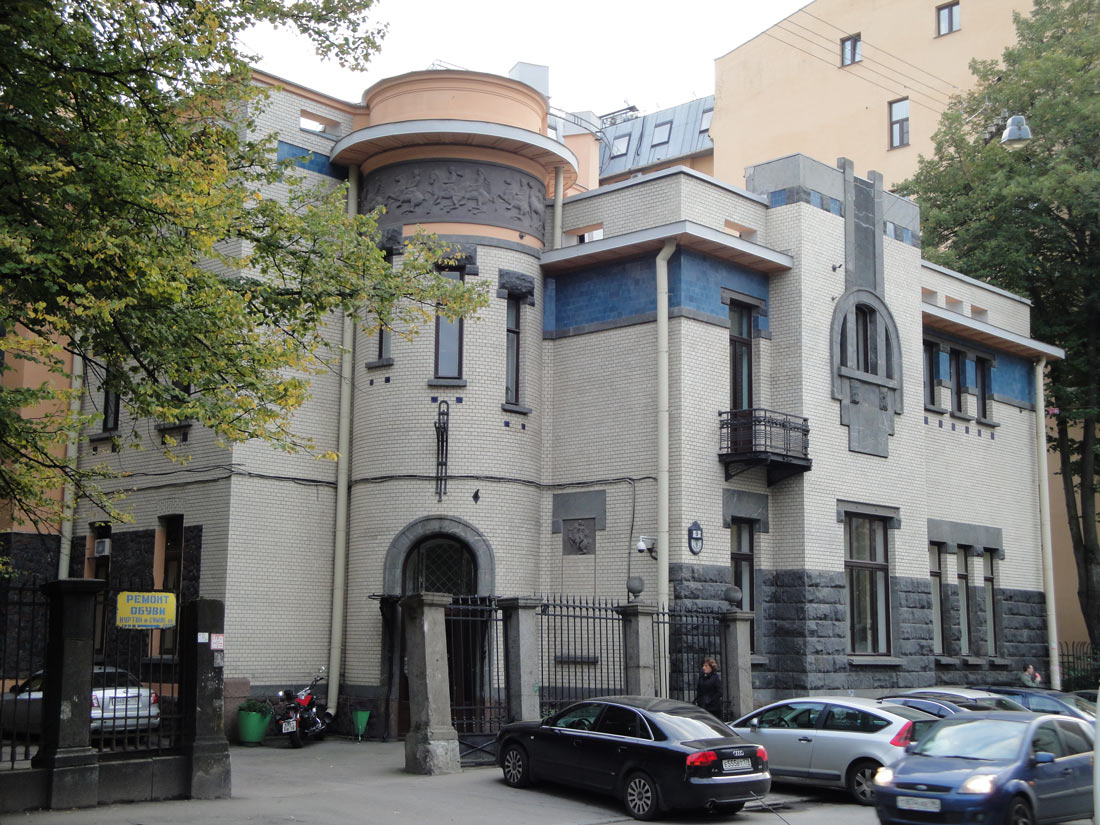
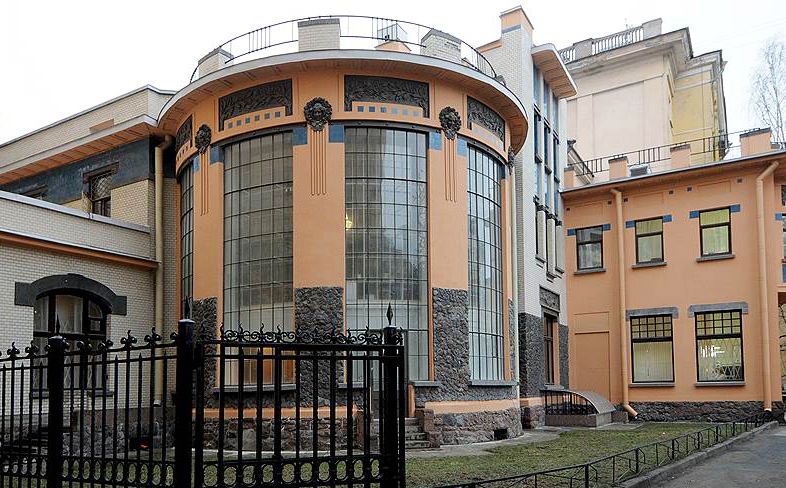
Along with the Northern Art Nouveau in St. Petersburg, the classic European Art Nouveau was also used in private construction. It contains notes of half-timbered and "castle" types of construction.
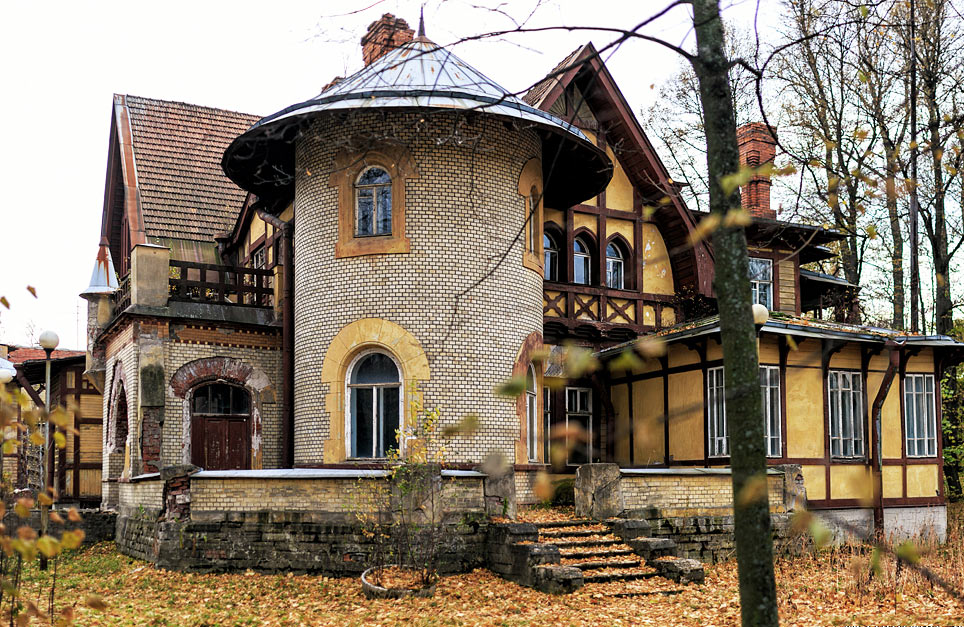
MOSCOW STYLE
It can be called romantic, and the main architect, of course, is Shechtel with his unconventional approach to the layout of buildings. The best example of early Russian Art Nouveau in Moscow is the Ryabushinsky mansion on Malaya Nikitskaya. The layout is marked by free asymmetry: each of the facades is composed in a different way, in general forming a composition in the form of ledges. The cornice is strongly set forward, the bay windows and the balconies protrude irregularly beyond the walls. A plant ornament is repeated all around, ceramic tiles are used in the decoration, and colored stained glass in the windows. The street fence and balcony frames create a unified style.
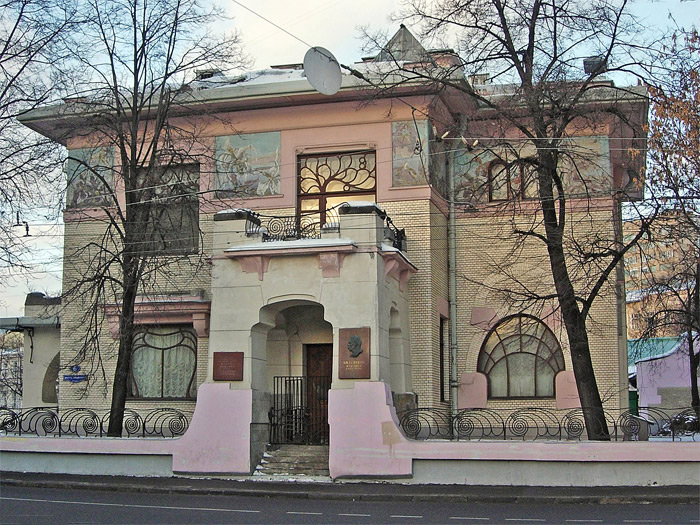
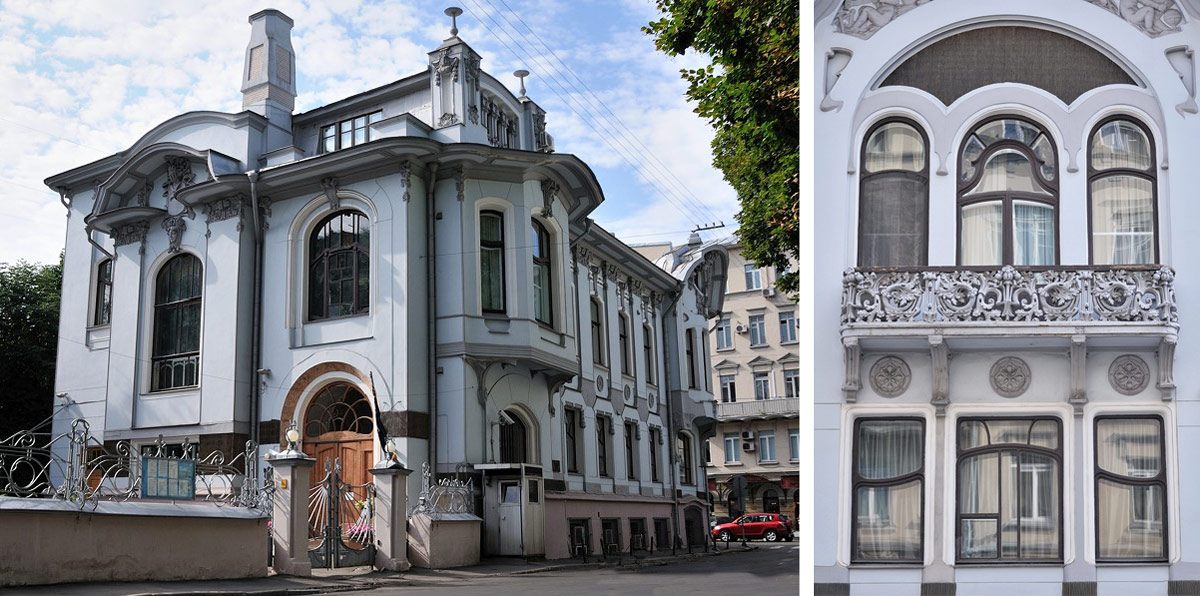

RUSSIAN ART NOUVEAU TODAY
Art Nouveau is called "fleeting" trend, it appeared quite unexpectedly, for some time was not taken seriously, and the time of his "reign" expired fairly quickly. It came to Russia from Europe with a serious delay, and the period of its existence can be limited to just fifteen years. It is difficult to integrate into a single format and contained a lot of borrowed elements. Modern Russian art nouveau can be seen more and more often in the countryside, and this means that Art Nouveau of the last century has left a significant imprint in our history. Indeed, the scope, breadth, organicity and fluidity of Art Nouveau are suitable for the revival of private mansions.
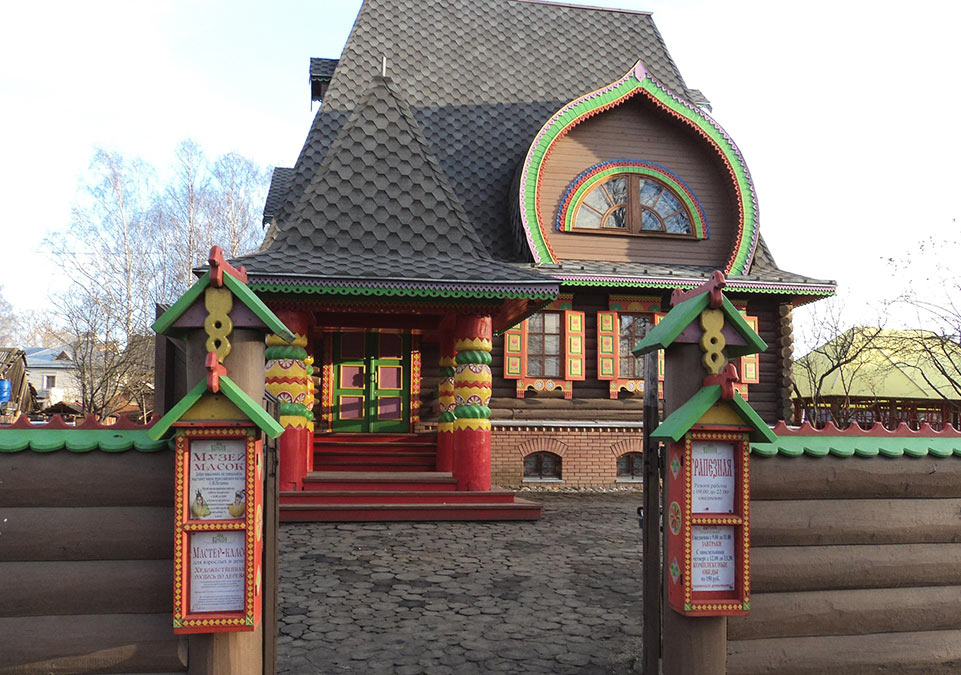
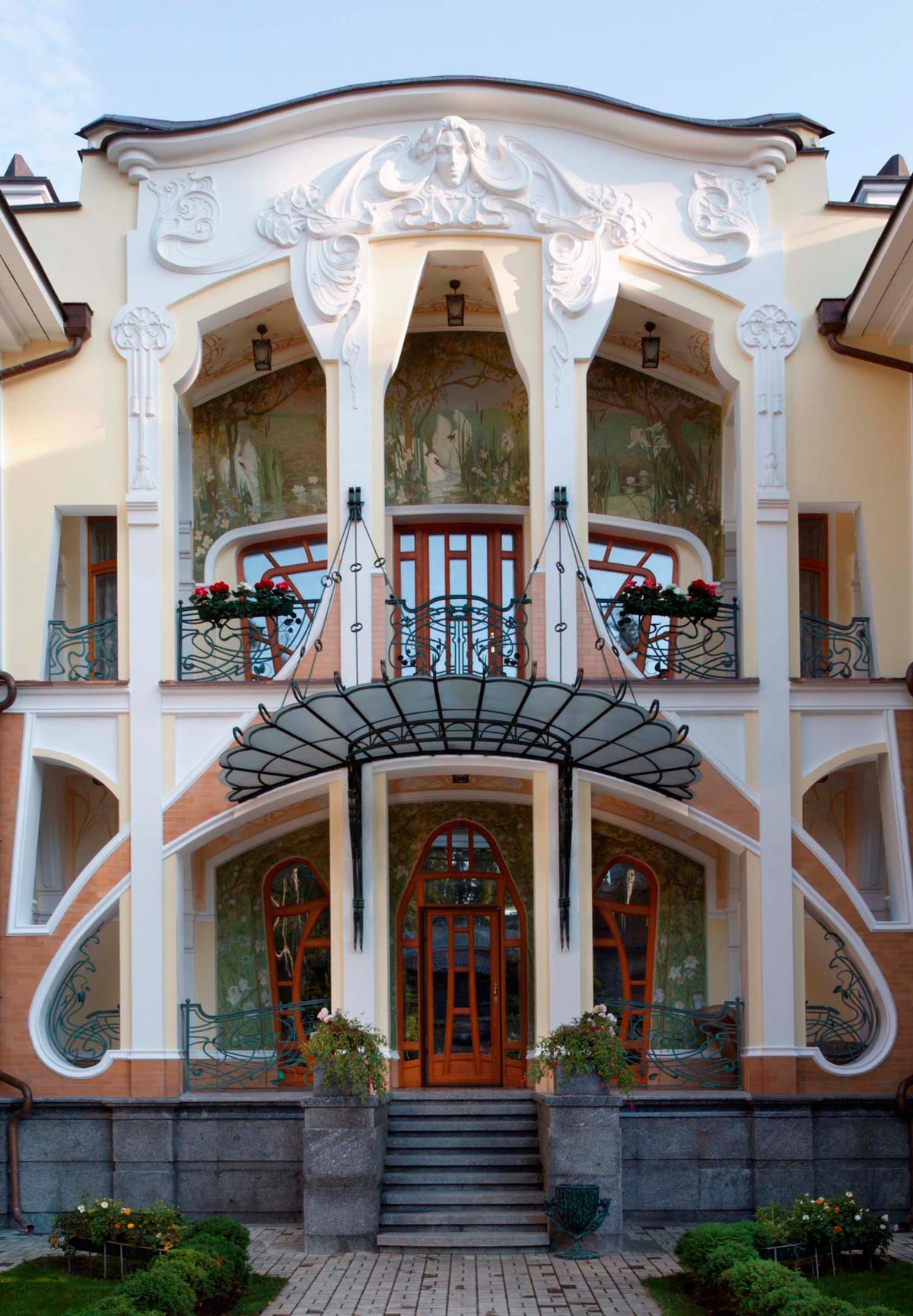
So, what are the main techniques for buildings in the Russian Art Nouveau style today?
- A bold combination in a single design of different materials, matched in color. Log houses, brick mansions, stone buildings; often - a mixture of types.
- The presence of elements typical of Russian architecture - patterned carved platbands, shutters, turrets on the roof. The building can resemble a Russian terem, a fairy-tale house.
- Balconies and porches are decorated with wrought iron patterns. The windows are of large size, full glazing of walls and stained-glass windows are possible. Facades are decorated with stucco and stone bas-reliefs, many loggias, galleries, staircases, terraces. Door and window apertures are of complex-oval shape.
- Above the entrance and along the perimeter of the walls there are mosaic tile belts, patterned friezes and majolica panels.
- The general style - fluidity, softness, curvilinear outlines, lack of strict symmetry, and necessarily - harmony with the landscape surrounding the house.
Look for examples of houses in the style of Art Nouveau in our database of facades.